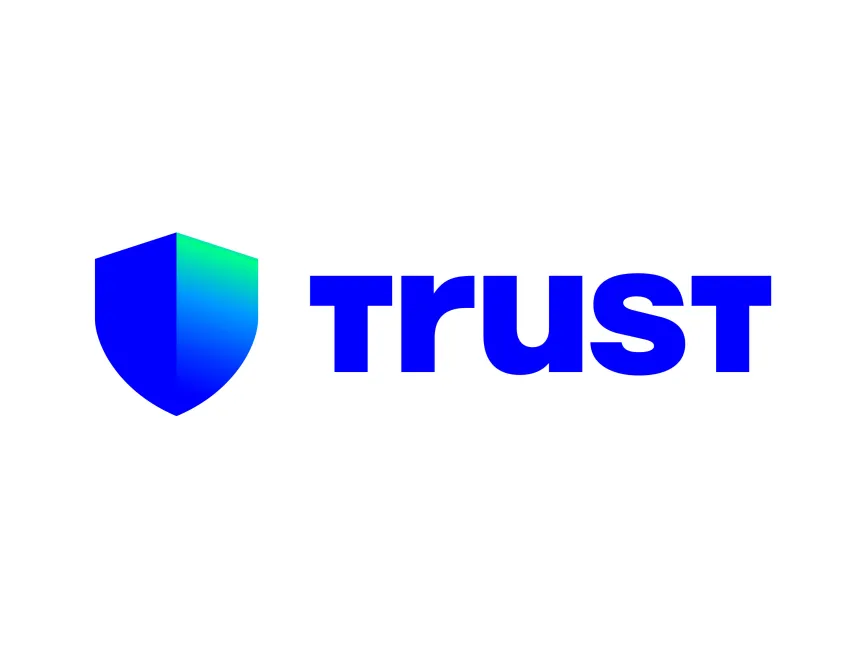Whoa! Ever tried juggling multiple crypto wallets across different blockchains? It’s like spinning plates in a hurricane. Seriously, managing your assets feels more like a circus act than smooth sailing. At least, that’s how it was before I stumbled upon the game-changing world of browser extensions tailored for Web3 and DeFi.
Okay, so check this out—browser extensions aren’t just flashy add-ons; they’re legit dApp connectors that bridge your favorite decentralized apps directly to your browser, making multi-chain interactions feel surprisingly seamless. But here’s the thing: not all extensions are created equal, and jumping headfirst without understanding their nuances can leave you scratching your head.
Initially, I thought a simple wallet plugin was enough. But then I realized that the real magic lies in how these extensions integrate across chains and protocols, while maintaining security and user-friendliness. It’s kinda like having a Swiss Army knife for crypto—versatile yet reliable.
My instinct said to dig deeper. I mean, with the DeFi space exploding, having quick, secure, and multi-chain access isn’t just nice to have—it’s very very important. But here’s where it gets tricky: browser extensions bridge the gap between complex blockchain mechanics and everyday users craving simplicity.
Something felt off about many popular extensions—they either overloaded you with features or barely scratched the surface of multi-chain compatibility. I wanted something that felt native, intuitive, and didn’t require a PhD in cryptography to use.
Now, I’m not 100% sure if this is the holy grail, but Trust Wallet’s browser extension caught my eye. It’s designed as a dApp connector that supports multiple blockchains and integrates smoothly with Web3 apps. What’s cool is how it simplifies switching between Ethereum, Binance Smart Chain, and others without the usual headache.
Here’s what bugs me about some extensions: they promise cross-chain access but end up locking you into a single ecosystem because of poor UI or limited protocol support. Not ideal, especially when DeFi’s whole vibe is about decentralization and freedom.
On one hand, browser extensions offer lightning-fast interactions with dApps. Though actually, that speed can be a double-edged sword if security isn’t tight. After all, a compromised extension can open a backdoor to your funds.
Check this out—Trust Wallet’s extension strikes an interesting balance. It connects to Web3 applications securely, letting you approve transactions with full control. The experience feels native, like the extension was part of your browser all along, not some clunky add-on.
Still, I find myself wondering how well this scales as new blockchains keep popping up. Will one extension keep pace, or will users need a handful of plugins? That’s an open question, but right now, having a reliable multi-chain connector is a breath of fresh air.

Why Do We Even Need Browser Extensions for DeFi?
Here’s the thing: decentralized finance thrives on accessibility, but ironically, accessing it is often a maze. You need a wallet, a dApp connector, and sometimes a bridge to move tokens across chains. Doing this solely through mobile apps or hardware wallets feels clunky, slow, or just downright complicated.
A browser extension acts as a lightweight gateway. It injects Web3 providers directly into your browser context, allowing dApps to communicate with your wallet seamlessly. This eliminates the need for constant manual input or switching devices. It’s kinda like how your phone’s camera app integrates with social media apps—smooth, instant, and almost invisible.
But beyond convenience, these extensions are crucial for security. By isolating dApp interactions within the browser environment, you reduce exposure to phishing attacks or accidental data leaks. Of course, the extension itself must be trustworthy, which brings us back to choosing the right one.
Honestly, I’m biased, but having used Trust Wallet’s extension here made me appreciate how thoughtful design can turn a complex multi-chain experience into something approachable. It supports popular chains, offers a clean UI, and respects user privacy—all things I look for.
That said, no solution is perfect. Browser extensions still face challenges like browser compatibility issues and occasional bugs. Plus, the tradeoff between feature richness and simplicity can be tough to nail.
Oh, and by the way, for those wondering about mobile-first DeFi users—browser extensions are not a replacement but a complement. They offer a powerful desktop experience that mobile apps can’t quite replicate yet, especially for heavy multi-chain traders or developers.
Web3 Integration: The Bridge Between You and DeFi’s Promise
Let me take a step back. Web3 integration is what really ties everything together—connecting your wallet, browser, and dApps into one fluid experience. Without it, you’re stuck copying addresses, manually signing transactions, and praying nothing goes wrong.
Browser extensions act as the middleware that injects Web3 APIs into the browser environment, enabling dApps to interact with your wallet’s private keys securely (without exposing them). This means you can approve swaps, lend assets, or stake tokens right from your browser tab.
Something I find fascinating is how some extensions offer customizable permissions, letting users control what data each dApp can access. This granular control is a huge step forward for privacy, which is often overlooked in the rush to onboard new users.
However, this also means users need to be educated. Approving every request blindly is a recipe for disaster. The best extensions provide clear prompts and warnings, but users must stay alert.
And yeah, I know it sounds like a lot—but once you get the hang of it, everything clicks. That “aha!” moment when you realize you can seamlessly interact with multiple DeFi protocols across chains without juggling devices or apps is priceless.
Final Thoughts: Are Browser Extensions the Future of Multi-Chain DeFi Access?
Initially, I was skeptical about relying heavily on browser extensions for crypto management. I mean, extensions can be hacked or buggy, right? But after using them in real-world multi-chain scenarios, my view softened considerably.
Sure, mobile wallets and hardware devices have their place, but browser extensions fill a unique niche—offering speed, accessibility, and cross-chain connectivity right where your daily browsing happens.
If you’re diving into DeFi, especially across different blockchains, I highly recommend giving the Trust Wallet extension a look here. It’s not perfect, but it’s a solid step toward making multi-chain DeFi less of a headache.
So yeah, browser extensions might just be the unsung heroes in this fast-moving crypto saga. And honestly, I’m excited to see how they evolve as Web3 matures—maybe someday, we’ll barely remember the clunky days of juggling wallets and chains.
FAQ
Are browser extensions safe for managing crypto assets?
Generally, yes—but safety depends on the extension’s development quality and your own vigilance. Always download from official sources, keep your software updated, and double-check permissions before approving transactions.
Can a single browser extension handle multiple blockchains?
Some can, like Trust Wallet’s extension, which supports Ethereum, Binance Smart Chain, and more. However, coverage varies, so it’s important to verify chain support before relying on one extension exclusively.
Do I need technical knowledge to use these extensions?
Not necessarily. Many extensions aim for user-friendly interfaces. Still, understanding basic crypto concepts helps avoid mistakes, especially regarding transaction approvals and network fees.

